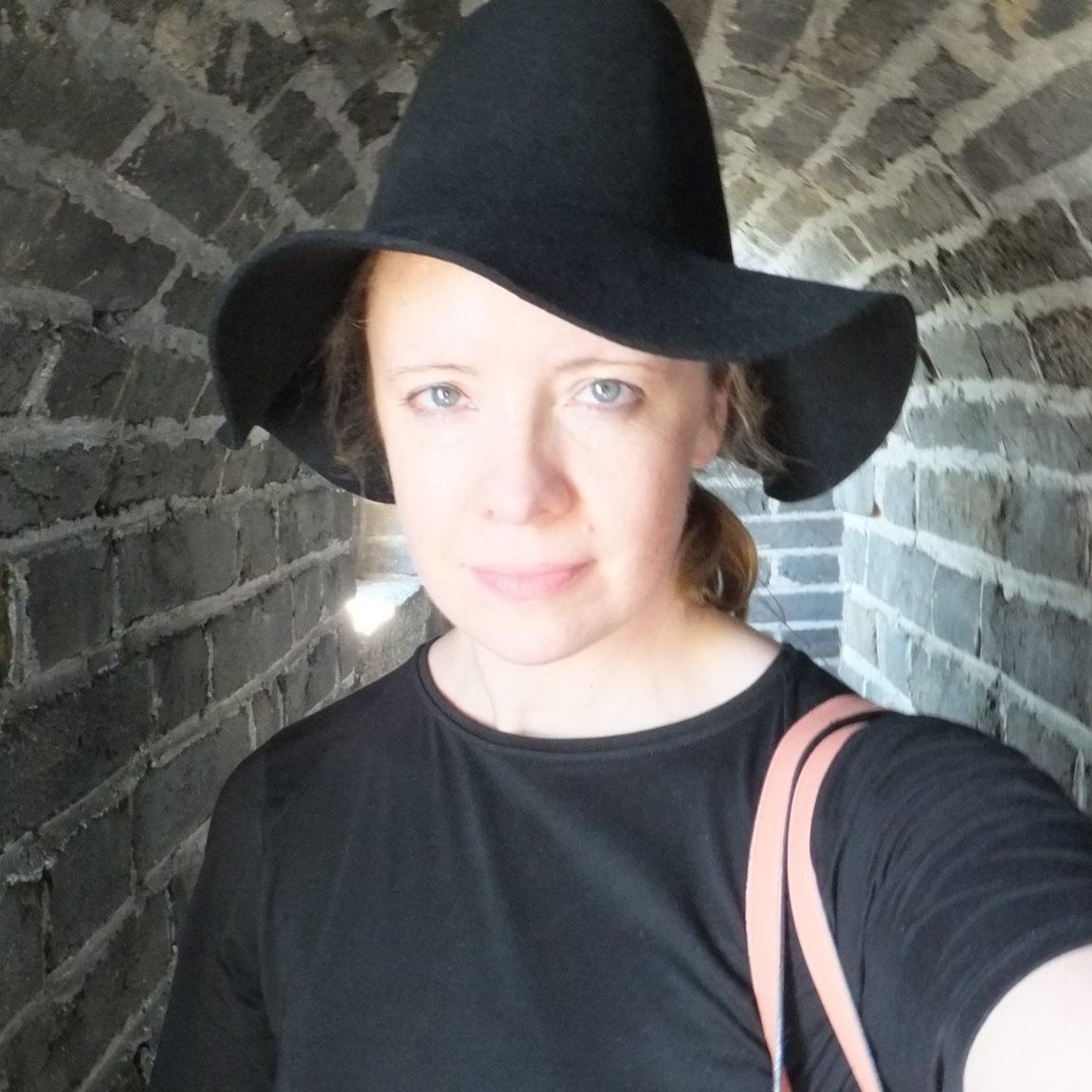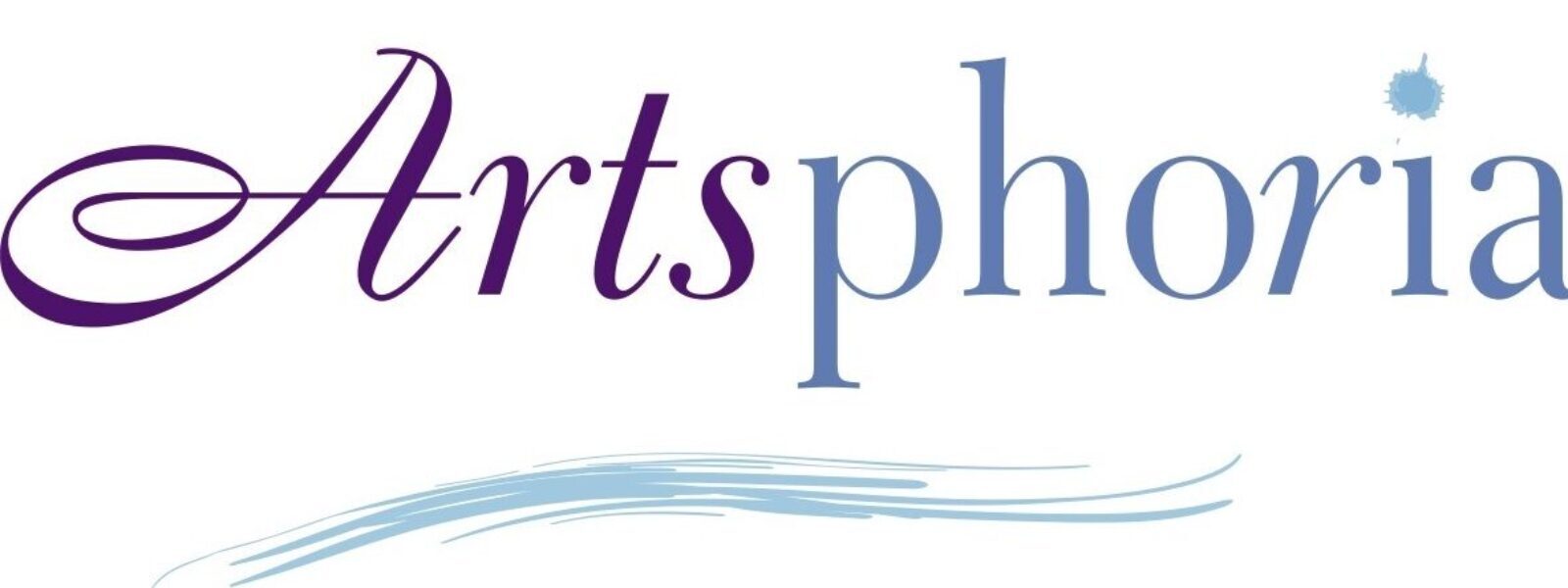“I’ve always found it interesting that through a curator’s selection of artists and the juxtaposition and interpretation of the artworks, a dialogue can be formed, and a discussion about a particular subject can be brought to the public’s attention,” says curator Ashley Lumb, based in Melbourne, Australia.” I like cohesive, well- defined thematic exhibitions, but I also like exhibitions where an artwork doesn’t immediately seem to fit, and it makes you think about why a piece was chosen to be in the exhibition.”

Here are some other insights about her work and experiences as a curator, along with highlights of current and upcoming projects:
- What inspired you to become a curator?
I was working as a photography editor for Vogue magazine and got to work with their historic photography archive, which is where my interest in the history of photography began. I quickly lost interest in photo editing and fashion photography, and I realized that I needed to do something more cerebral and work with fine art photography.
I spent my free time either in museums, attending exhibitions or in the library reading about art, so this naturally led to a master’s degree in the history of photography. I didn’t go into the degree wanting to be a curator. I just wanted to spend a year thinking and studying art history and hoped that I could use the degree to work in the arts in some capacity, though everything I was told about art history degrees suggested otherwise.
While pursuing my degree, I realized that I had to pursue a job in the arts that would be a constant challenge intellectually, and curating had that appeal. It didn’t seem like a very employable job, but it can always be done independently. Like anything in the arts, including music and fine arts, it’s more about doing it for the passion than being paid to do it.
- What specific steps did you take to develop this interest?
At first, I saw as many exhibitions as I could. I didn’t start my master’s degree until later in life, at around the age of 30. I spent most of my free time in my 20s seeing exhibitions in New York, London and Istanbul, the cities I lived in when I was working in media, to help develop an interest and knowledge of the arts.
After completing my degree, I didn’t see many opportunities for aspiring curators. There were very few internships, and I knew that entering the industry at a later age meant that I didn’t have time to waste, and that I should just create my own experiences rather than wait for someone to give me one, though many internships did ensue.
- Can you describe the process involved in launching and sustaining the Hemera Collective?
I started the curatorial collective Hemera Collective as soon as I graduated, in 2012, and it’s still going today. When we started, we really had no idea what we were doing; we possessed the knowledge about art and writing skills, but we lacked experience in organizing shows. We just threw ourselves into it though, did it repeatedly, learned from our mistakes along the way and built up connections.
We’ve curated more than 15 exhibitions internationally now, in the UK, Europe, the United States and Australia. It can be a challenge to maintain interest in curating, however, when it’s done independently and outside of other work commitments. There is never a budget, so it’s a struggle to navigate around that each time. I’ve seen many independent curators burn out; a recent co-curator I worked with left after only 2 weeks. It’s important to manage the ebb and flow of energy and motivation, both on a daily and long-term basis.
- What are your thoughts about the use of the word “curate” in contexts other than the arts?
The word “curate” gets used liberally these days to talk about things people do on the internet or selections that are made. It’s an annoying buzzword that I’ve even seen a soap company use. As a curator, who obtained an M.A. in art history, genuinely curates and has spent years working at it, I think that when the fashion industry—and others including DJs—use this word to describe their work, it devalues the term.
Editing fashion, or putting together a list of music, is not comparable with the years of training, knowledge and dedicated thought that goes into curating collections in museums, galleries and independent exhibitions. Fashion editors are tastemakers for sure, but I don’t think it’s right to associate the hip and awesome with museums and art.
- What shows are you working on now?
One is a series of pop-up exhibitions for the Melbourne-based online art gallery Bluethumb Photography, which I helped to launch just last week. The exhibition on now, Fragments Shored Against the Ruins, considers waste as an aesthetic phenomenon. It examines complex issues of waste and consumption through the work of seven Australian and one American artist.
Another show I’m working on is for my curatorial collective, where we will be curating the annual Photo50 exhibition at the London Art Fair in January 2018. Resolution is not the point. brings together 10 artists and collectives to draw upon the metamorphic nature of photographic images as a catalyst for interdisciplinary exchange and collective action. I’m excited to be bringing with me to London the work of Australian duo James Tylor and Laura Wills.

